A hypothetical particle known as the ultralight boson could be responsible for our universe’s dark matter.
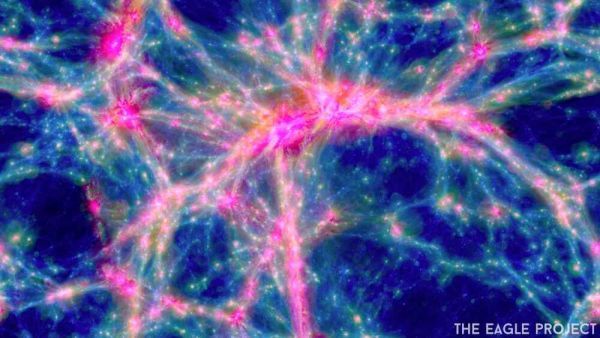

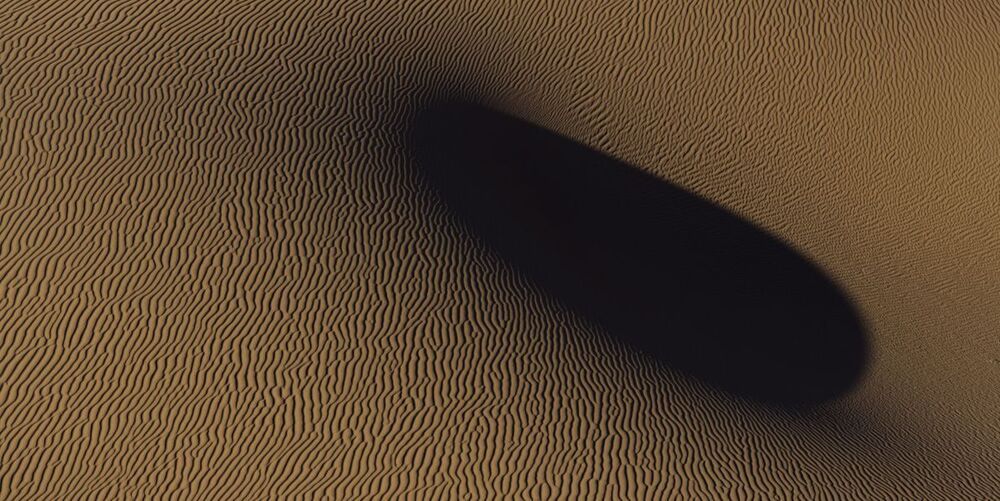
Things are about to get… hairy.
Wait, are black holes fuzzballs, or are they hairless? The big quest to understand black holes continues in the form of new research about the fastest-spinning examples. Scientists have found that while most black holes follow a particular theorem about what falls inside, a black hole spinning fast enough can extend “hairs” all the way back into regular space.
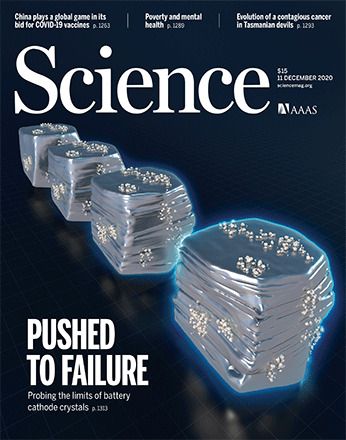
The history of the Universe thus far has certainly been eventful, marked by the primordial forging of the light elements, the birth of the first stars and their violent deaths, and the improbable origin of life on Earth. But will the excitement continue, or are we headed toward the ultimate mundanity of equilibrium in a so-called heat death? In The Janus Point, Julian Barbour takes on this and other fundamental questions, offering the reader a new perspective—illustrated with lucid examples and poetically constructed prose—on how the Universe started (or more precisely, how it did not start) and where it may be headed. This book is an engaging read, which both taught me something new about meat-and-potatoes physics and reminded me why asking fundamental questions can be so fun.
Barbour argues that there is no beginning of time. The Big Bang, he maintains, was just a very special configuration of the Universe’s fundamental building blocks, a shape he calls the Janus point. As we move away from this point, the shape changes, marking the passage of time. The “future,” he argues, lies in both directions, hence the reference to Janus, the two-faced Roman god of beginnings and transitions.
Barbour illustrates his main points with a deceptively simple model known as the three-body problem, wherein three masses are subject to mutual gravitational attraction. In this context, the Janus point occurs when all three masses momentarily occupy the same point, in what is called a total collision. The special shape at the Janus point, explains Barbour, is an equilateral triangle, which is his model’s version of the Big Bang. I found this imagery helpful when trying to understand the more abstract, and necessarily less technical, application of this concept to general relativity.

Fast spinning black holes could have features different from those predicted by general relativity.
General relativity is a profoundly complex mathematical theory, but its description of black holes is amazingly simple. A stable black hole can be described by just three properties: its mass, its electric charge, and its rotation or spin. Since black holes aren’t likely to have much charge, it really takes just two properties. If you know a black hole’s mass and spin, you know all there is to know about the black hole.
This property is often summarized by the no-hair theorem. Specifically, the theorem asserts that once matter falls into a black hole, the only characteristic that remains is mass. You could make a black hole out of a Sun’s worth of hydrogen, chairs, or those old copies of National Geographic from Grandma’s attic, and there would be no difference. Mass is mass as far as general relativity is concerned. In every case the event horizon of a black hole is perfectly smooth, with no extra features. As Jacob Bekenstein said, black holes have no hair.
But with all its predictive power, general relativity has a problem with quantum theory. This is particularly true with black holes. If the no-hair theorem is correct, the information held within an object is destroyed when it crosses the event horizon. Quantum theory says that information can never be destroyed. So the valid theory of gravity is contradicted by the valid theory of the quanta. This leads to problems such as the firewall paradox, which can’t decide whether an event horizon should be hot or cold.
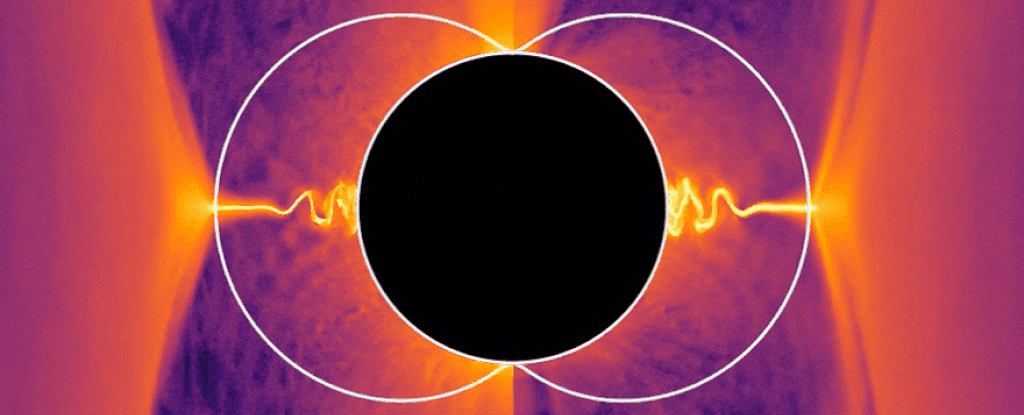
When a black hole is actively feeding, something strange can be observed: enormously powerful jets of plasma shoot from its poles, at velocities approaching light speed.
Given the intense gravitational interactions at play, exactly how those jets form is a mystery. But now, using computer simulations, a team of physicists has hit upon an answer — particles seeming to have “negative energy” extract energy from the black hole and redirect it to the jets.
And this theory has, for the first time, united two different and seemingly irreconcilable theories about how energy can be extracted from a black hole.
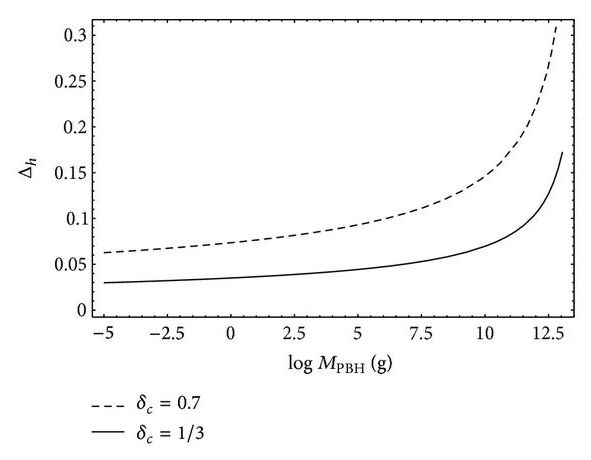
Circa 2014
We propose the new dark matter particle candidate—the “black hole atom,” which is an atom with the charged black hole as an atomic nucleus and electrons in the bound internal quantum states. As a simplified model we consider the central Reissner-Nordström black hole with the electric charge neutralized by the internal electrons in bound quantum states. For the external observers these objects would look like the electrically neutral Schwarzschild black holes. We suppose the prolific production of black hole atoms under specific conditions in the early universe.
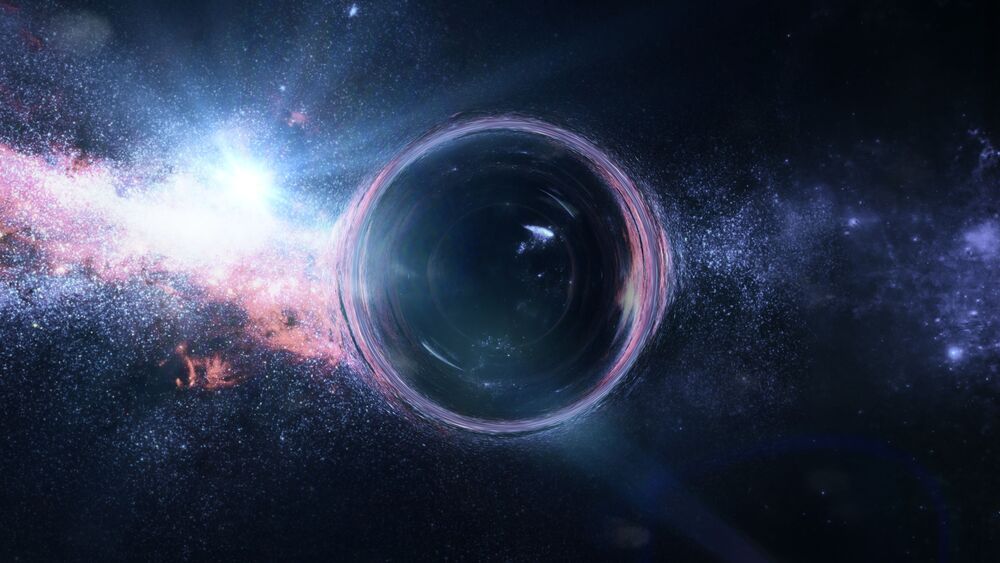
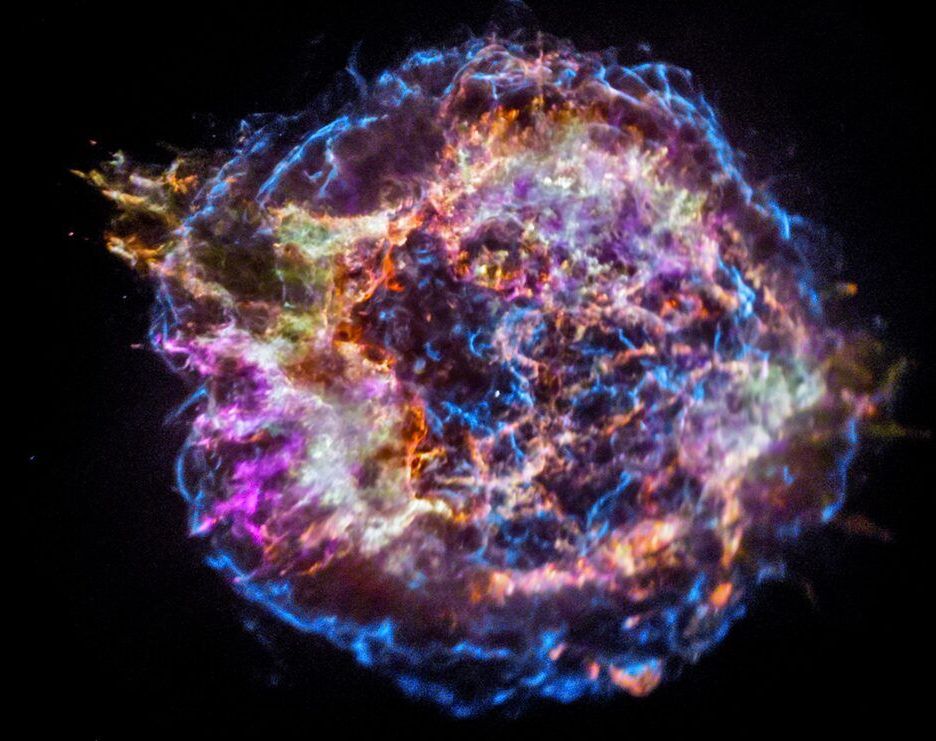
Michigan State University researchers have discovered that one of the most important reactions in the universe can get a huge and unexpected boost inside exploding stars known as supernovae.
This finding also challenges ideas behind how some of the Earth’s heavy elements are made. In particular, it upends a theory explaining the planet’s unusually high amounts of some forms, or isotopes, of the elements ruthenium and molybdenum.
“It’s surprising,” said Luke Roberts, an assistant professor at the Facility for Rare Isotope Beams and the Department of Physics and Astronomy, at MSU. Roberts implemented the computer code that the team used to model the environment inside a supernova. “We certainly spent a lot of time making sure the results were correct.”
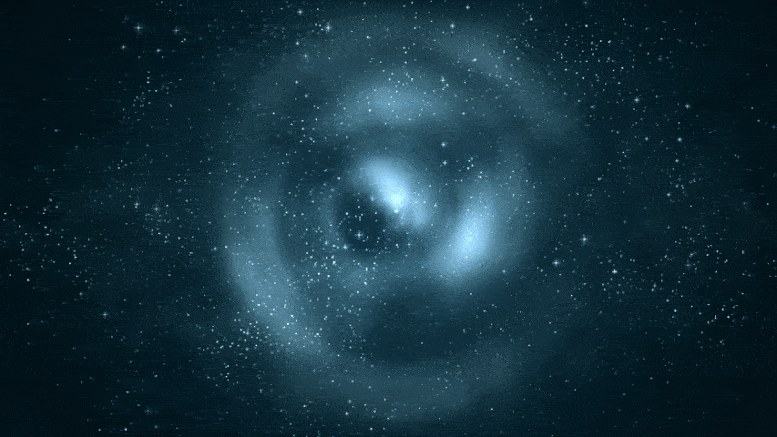
MIT grad student Chiara Salemi and Professor Lindley Winslow use the ABRACADABRA instrument to reveal insights into dark matter.
On the first floor of MIT’s Laboratory for Nuclear Science hangs an instrument called “A Broadband/Resonant Approach to Cosmic Axion Detection with an Amplifying B-field Ring Apparatus,” or ABRACADABRA for short. As the name states, ABRACADABRA’s goal is to detect axions, a hypothetical particle that may be the primary constituent of dark matter, the unseen and as-of-yet unexplained material that makes up the bulk of the universe.
